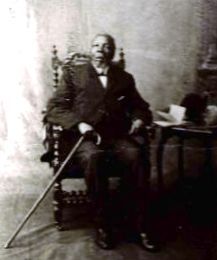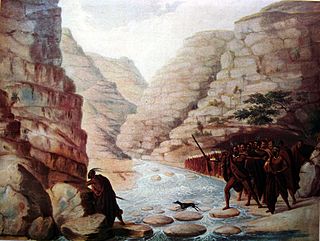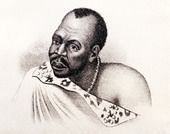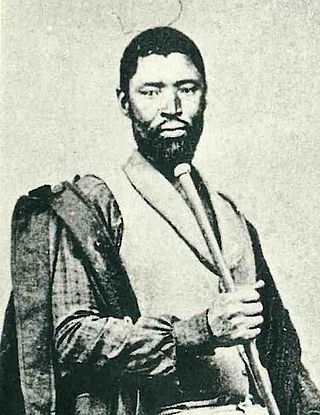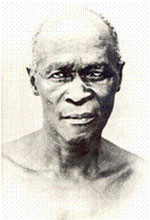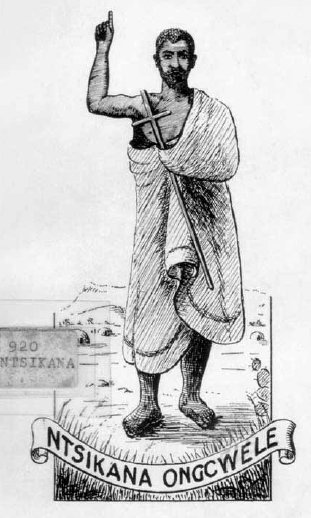Background and causes
The two contending AmaXhosa chiefs of the Rharhabe House were Chief Ngqika and his paternal uncle, Chief Ndlambe.[ citation needed ]
Ngqika's father, Mlawu, died when Ngqika was too young to rule and therefore his uncle Ndlambe, as per custom, became the regent. Under Ndlambe's leadership, the chieftaincy grew in strength as he consolidated his power by absorbing smaller chiefdoms or expelling them to far afield lands. It was in 1795 when Ngqika had entered manhood that he soon demanded his rightful place as regent and leader of the AmaRharhabe. Ndlambe refused to relinquish power and because of this stalemate, a minor civil battle ensued. The two adversaries co-existed for almost two decades, in a state of immense tensions.[ citation needed ]

On the personal side, Ngqika fell deeply in love with a young Thuthula, the beautiful daughter of Dibi and, more significantly, wife of his elderly uncle Ndlambe. This incestuous situation was a lesser but direct cause of the Battle of Amalinda. A more substantial cause of the battle was Ngqika's meeting in 1817 with Lord Charles Somerset, Governor of the Cape, when he was forced to give up both the Great Fish River and Keiskamma River [3] . The Amaxhosa felt aggrieved, that since Ngqika was not the paramount chief, he could not then authorise the alienation of the land. Ndlambe then reported the matter to King Hintsa, it is said that Hintsa was incensed by Ngqika's actions.[ by whom? ] In the earlier years, when Hintsa was still a boy, Ngqika had kidnapped him during some minor civil war between Ngqika's followers and amaGcaleka. So in 1819, when Ndlambe reported to Hintsa that Ngqika was working with the Europeans to grow his power against other Xhosa chiefs across the kei. Ndlambe also reported that his wife Thuthula had been taken by Ngqika as his. Hintsa took it to himself to go and "Put Ngqika in his place" and so Hintsa crossed the kei with amaGcaleka to meet up with amaNdlambe headed by Ndlambe, amaGqunukhwebe headed by Kama, amaNtinde headed by Tshatshu, amaGwali headed by Nginza and amaGwali headed by Mhade. All these armies met together at Debe near King William's Town to go punish Ngqika.[ citation needed ]
Ndlambe's son Mdushane commanded the army, while Ngqika's army was commanded by his son Maqoma (Jongumsobomvu). At 21-years old, this was Maqoma's first taste of battle.
